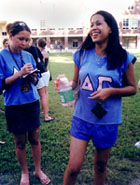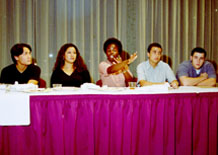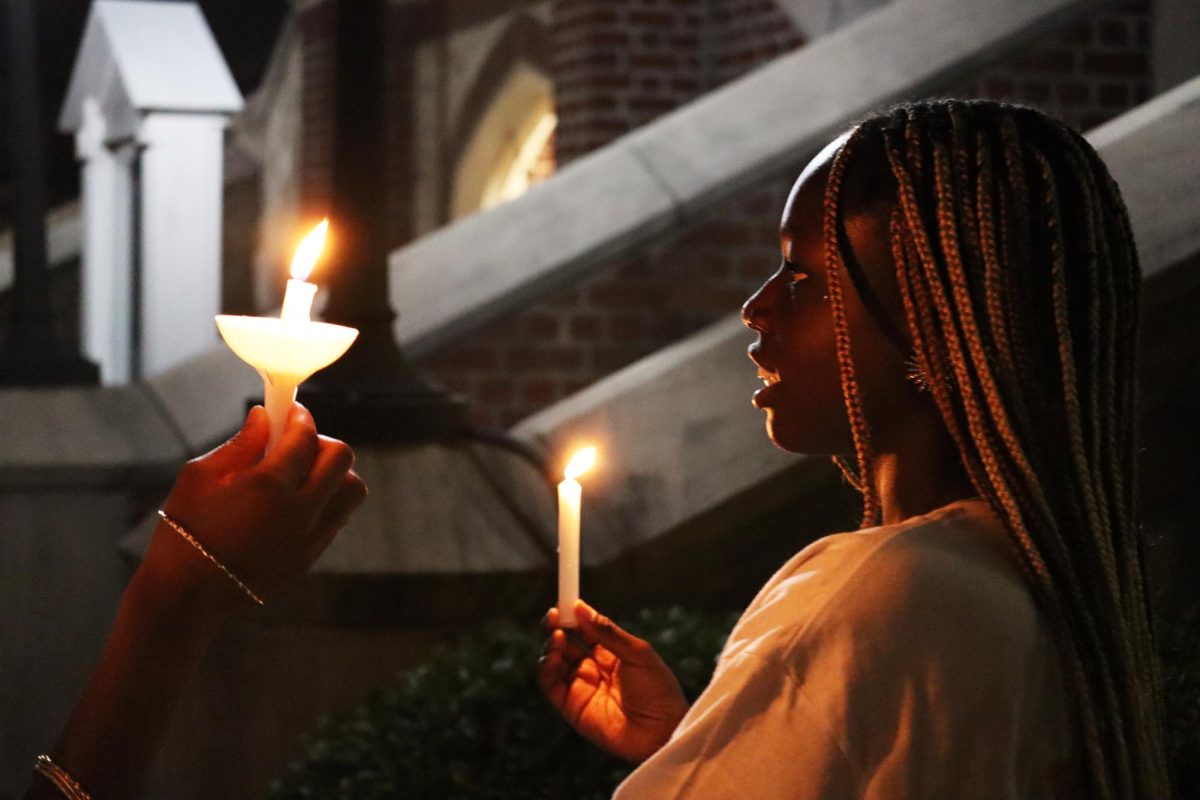“Cherish diversity,” says Black Student Union President Jason Timothy Smith.
Brought up in a biracial home, Jason sees quite well the value of such diversity. He says exposure to diversity can no doubt bring only good and understanding.
On Loyola’s campus, diversity has seeped in along the edges and has brought about a curiosity and a drive to be a part of something that eluded many before.
This is evident in the rise of cultural organizations created on campus in recent years.
The Black Student Union, as its name denotes, is historically an organization that caters to the needs of African-American students. Smith says, however, that he thinks the organization is crossing more ethnic spheres.
“BSU, like other cultural organizations on this campus, sees a need and a mass desire for a multicultural stance and programming,” he said.
This year alone, those who are not African-American contributed a fourth of dues paid to the organization.
Multi-cultural committees have been created by students and co-program with larger student organizations.
BSU’s sister organization, La Gente, founded by Francisco Fernandez, has only been active for a year.
“Seeing the absence of an organization for the Hispanic student body, which represents the largest minority on campus, we felt compelled to fill the cultural void,” Fernandez said.
Besides having the outlet of serving the community, La Gente strives to create an outlet for its non-Hispanic members to inspect and be educated about the Hispanic culture.
Franco Gumbel, international business and finance senior and La Gente member offered his opinion of the organization.
“The goals of La Gente are to give a voice to the Latin American students on campus. Its goal is to include every race and to make them aware of our Latin culture through programming and educational awareness,” he said.
The Loyola Asian Student Organization also extends its services to all racial and ethnic backgrounds.
All of these organizations provide a channel for the student body to explore, choose, expand and make an impact.
On a less centralized, ever-present level, however, there are those who sought an outlet for themselves that differed greatly from their stereotypical choice organization.
Both John Baur and Ian Roche sought memberships in Greek organizations that have not historically represented members of their race.
John Baur, president of Loyola’s chapter of Phi Beta Sigma, said he saw that there were no other Greek organizations that appealed to him and the goals of the other organizations did not quite parallel his own goals. Although Phi Beta Sigma is a historically African-American organization and Baur is Caucasian, he didn’t allow this to prevent him from starting a chapter on Loyola’s campus.
Baur points out that besides achieving the feat of bringing a chapter back to campus, Phi Beta Sigma, integrated in 1937, was the first historically African-American fraternity to do so. He says he feels confident that this option will remain open to those who think that integration is a necessity.
Ian Roche also found himself in Baur’s position.
He said that the beginning of his involvement with Phi Kappa Psi is based on developing a relationship with the men in the fraternity. Becoming fast friends with them, Roche realized that this was where he was most comfortable.
Phi Kappa Psi appealed to him in a way that the other fraternities failed.
According to Roche, the fact that he is African American, a minority within his organization, became unimportant and he based his choice purely on morals, goals and shared ideas.

Delta Gamma Pauline Green participates in a T.G.I.F barbecue in the Residential Quad which included all the greek organizations. (Ann Hermes)

Leslie Mills, political science senior, leads a discussion during a “Bridging the Gap” forum on October 21st, which addressed racial issues. (Charles Costello)







